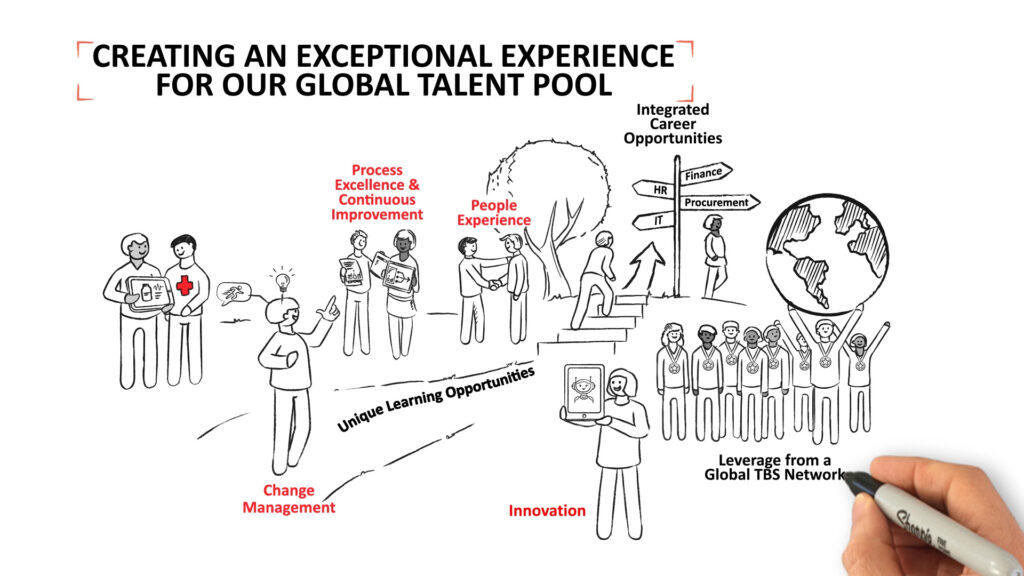The global COVID pandemic shone a spotlight on communications within the pharma industry – and the effect was startling.
Increasingly, pharma companies and services face a widening disconnect between themselves and their patients.
Internal communications flag, as employees question the approach of the business that employs them.
Healthcare stagnates and processes flounder as a vital message is lost in substandard communication.
Although more and more services are turning to social media as a way to improve pharma communications (Pharmaceutical Technology), more needs to be done.
The employee, patient and customer experience in healthcare is still rated “average” (DT Consulting), and less than half of hospitalised patients are able to name their diagnosis or medication upon discharge (Institute for Healthcare Communication); clear evidence that healthcare communications have a way to go.
So how can healthcare organisations optimise and elevate pharma communications – conveying a medical message clearly, effectively and memorably – to both patients and employees? The answer lies in advanced healthcare animation.
Why is Communication Important in the Pharmaceutical Industry?
A well-designed, effective communication strategy improves engagement and fosters a positive brand reputation in the pharmaceutical industry.
It plays a crucial role in the development and training of employees. Good pharma communication can help cultivate and nurture positive relationships with customers and patients, as well as ensure compliance with industry regulations.
The best way of improving communication in the pharmaceutical industry is with visual storytelling techniques. For instance, video can be used to create engaging, informative content that educates patients about their condition, treatment, and ongoing lifestyle implications.
In the pharma industry, internal communication is also important for success. Medical animation can be used to offer compliance training, and more fulfilling development programs for employees. Beyond this, social media platforms and gamification are examples of internal messaging tools that keep healthcare employees informed and engaged.











